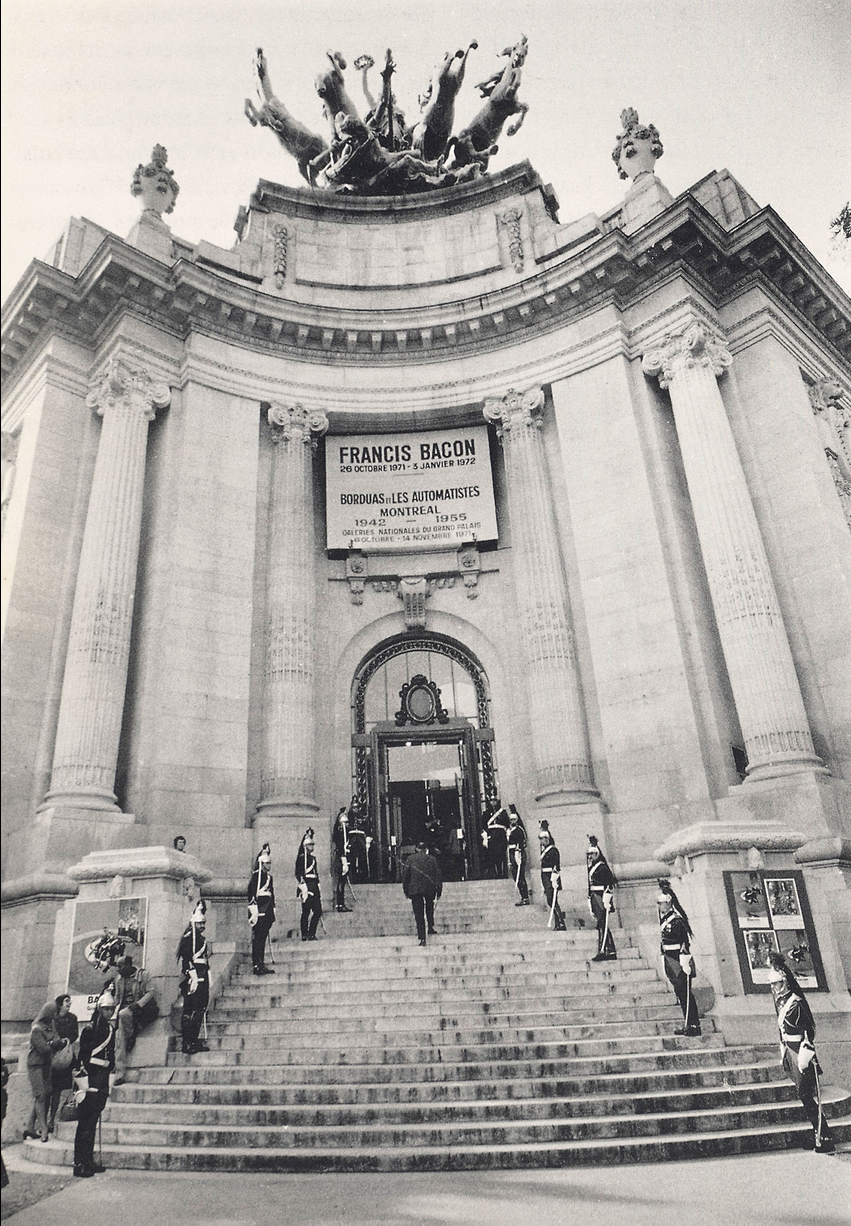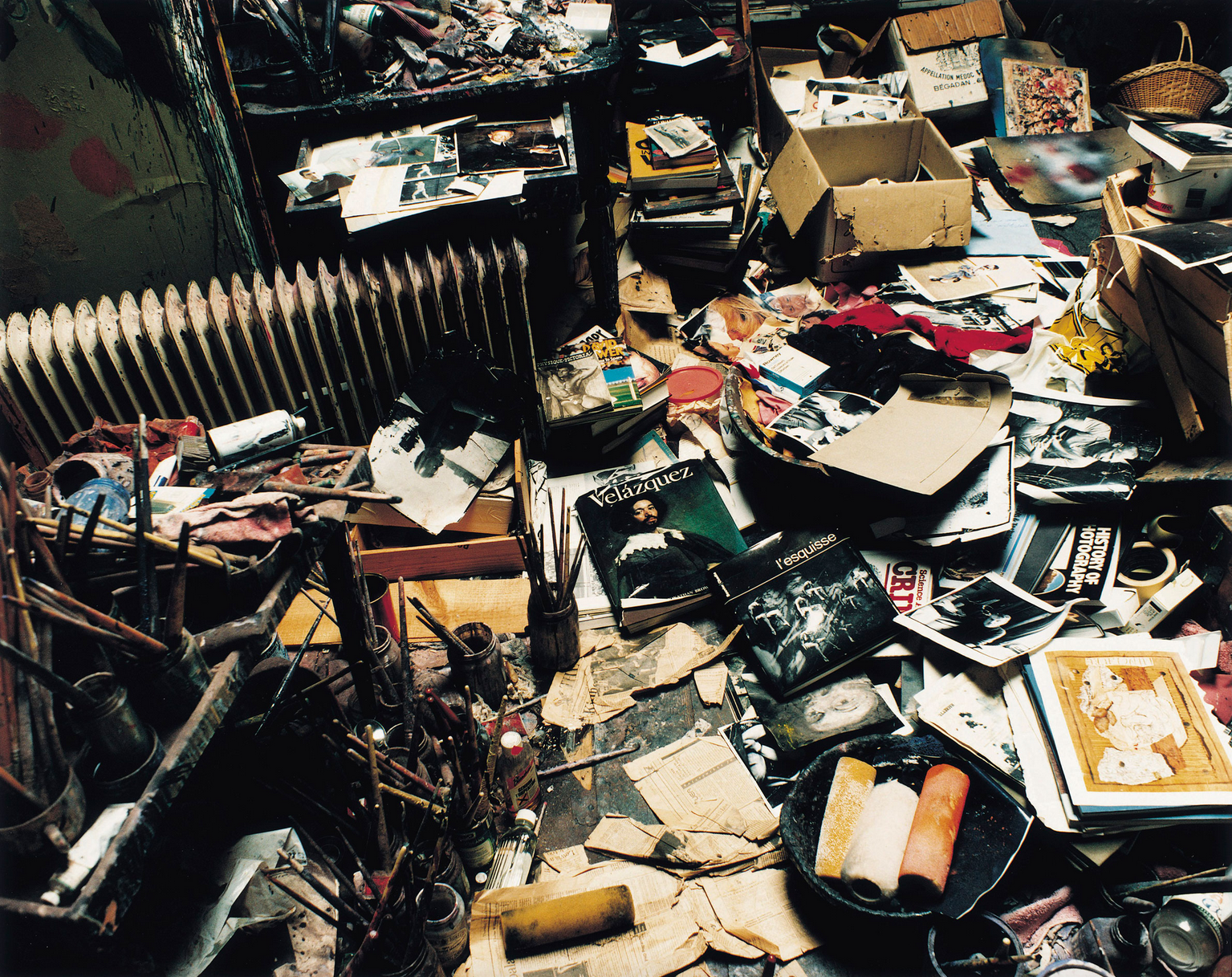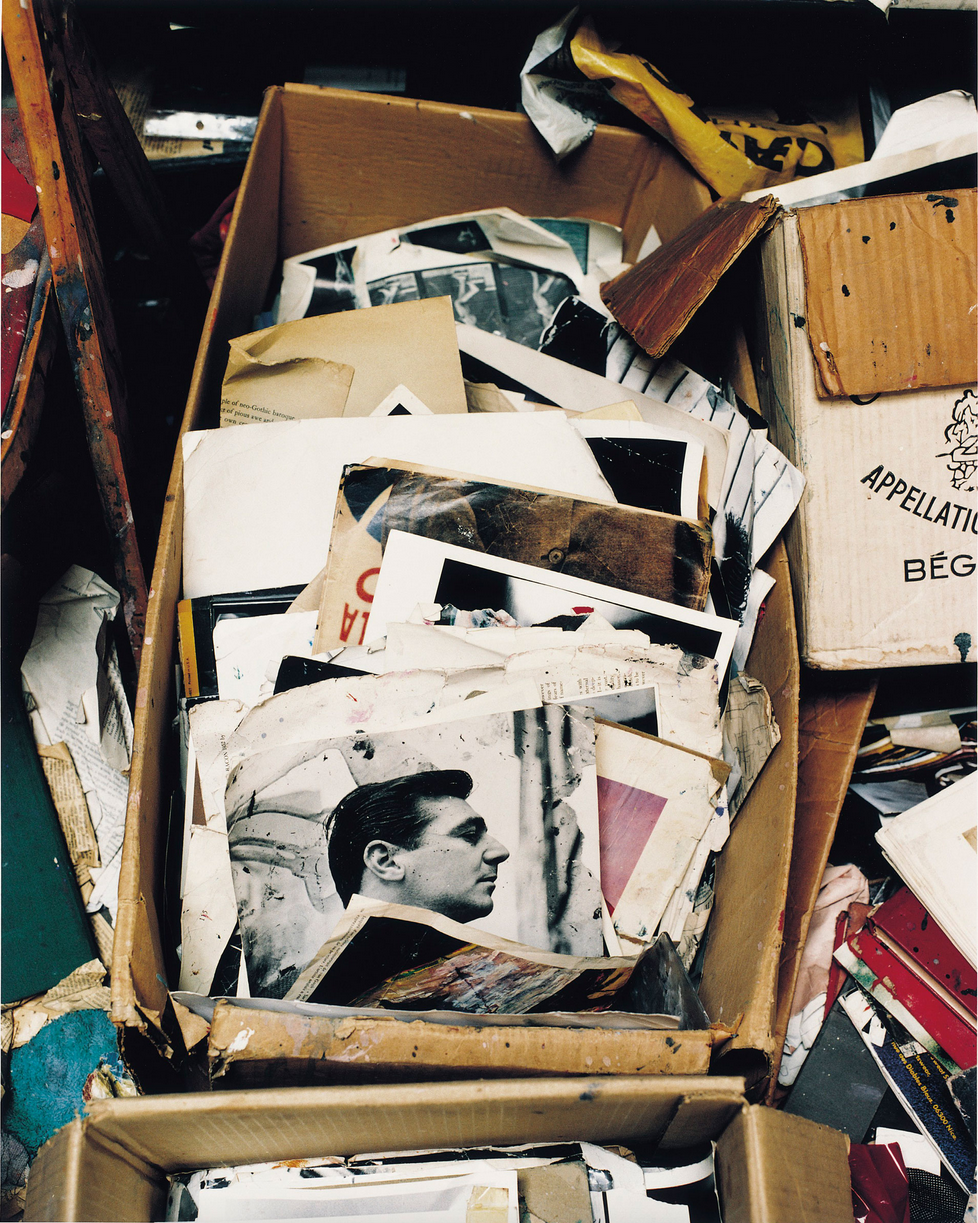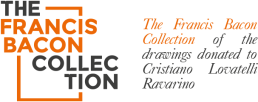18 September 2017 – CHRISTIE’S
Unseen in public since its unveiling at Bacon’s landmark retrospective at the Grand Palais 46 years ago, Study of Red Pope, 1962, 2nd version offers a deeply poignant insight into one of the 20th century’s most important bodies of work. This rare masterpiece will be offered at Christie’s London in October
On 26 October 1971, the Grand Palais in Paris opened its landmark retrospective of Francis Bacon’s work. It was a career-defining moment for the artist, newly anointed ‘Britain’s greatest living painter’. Among the distinguished canvases exhibited was Study of Red Pope, 1962, 2nd version, painted earlier that year: a grand finale to his celebrated body of papal portraits. In this rare masterpiece, for the first and only time in his oeuvre, Bacon had united his two greatest obsessions: reworking the 1962 canvas Study from Innocent X, the artist staged a haunting encounter between the Pope and George Dyer — his great muse and lover.

Francis Bacon (1909-1992), Study of Red Pope 1962. 2nd Version 1971. 78 x 58⅛ in (198 x 147.5 cm). Estimate: . This lot is offered in Post-War and Contemporary Art Evening Auction on 6 October 2017 at Christie’s in London
Tinged with ghostly pallor, Dyer’s spectral likeness was brought face to face with the pontiff, confronting his gaze like a mirrored reflection. Throughout the rooms of the Grand Palais, Dyer’s visage loomed large, enshrined in the ardent brushwork of Bacon’s finest portraits. In the flesh, however, Dyer was painfully absent. Less than 36 hours earlier, he had been found dead in his hotel room, having taken his own life. As words of praise for Bacon filled the gallery, lauding his contribution to contemporary art, the artist did his best to conceal his grief. Unbeknown to the eminent guests who admired the painting that day, it now stood as a tragic premonition of Dyer’s fateful end.

The Republican Guard on the steps to the Grand Palais at the opening of the exhibition, Francis Bacon, in Paris, 26 October 1971. Photo: André Morain
Inspired by Diego Velázquez’s Portrait of Pope Innocent X, Bacon’s output of the 1950s and early 1960s had been dominated by visions of Il Papa: a man tortured by the weight of his own authority. As the years progressed, his face was replaced by that of Dyer: an equally conflicted character, whose sharp, handsome exterior belied a troubled past. The tension that Bacon identified in the papal condition — a combination of power and vulnerability — was one that he also saw in his beloved muse.

Francis Bacon’s studio at 7 Reece Mews, London, 1998. © The Estate of Francis Bacon. All rights reserved, DACS/Artimage 2017. Photo: Perry Ogden
In Study of Red Pope, 1962, 2nd version, the two figures are bound together like twisted alter egos: icons of the spirit and the flesh — the sacred and profane — juxtaposed in the manner of a devotional diptych. Their faces are thickly worked with vigorous impasto, lit by streaks of lead-white paint. Visceral tangles of marbled pigment writhe within the Pope’s cloaked body, extending from his torso in a single holographic sweep. A glowing, contrapuntal duet of green and cerulean strokes circles his form, while the crystalline blue of Dyer’s backdrop is tinged with faint residue of the pontiff’s scarlet palette. In contrast to the work’s 1962 predecessor, here Bacon offsets his dynamic painterly brushstrokes with flat, intersecting planes and passages of bare canvas, creating a stark amphitheatre of colour, geometry and formal abstraction.
Both figures, for Bacon, exemplified the magnificence and fragility of human existence, giving rise to portraits that were brutal and impassioned in equal measure
The cubic space frame that houses the Pope is flanked by two curved wing mirrors, producing a luminous tripartite screen that seems to anticipate the legendary ‘black triptychs’ painted in the wake of Dyer’s death. For both subjects, it was the end of an era. A cord hangs between them, as if — with a fatal swipe— their light might be extinguished at any moment.
Bacon’s Papal portraits are widely regarded as the paragon of his artistic enquiries. From the early screaming phantoms to the silent, demented creatures that followed, Bacon repeatedly cast the Pope as a victim of his own status, tormented by his position as God’s messenger on Earth. ‘It is true, of course, the Pope is unique’, he told David Sylvester, the British art critic, curator and author. ‘He’s put in a unique position by being the Pope, and therefore, like in certain great tragedies, he’s as though raised onto a dais on which the grandeur of this image can be displayed to the world.’

Francis Bacon’s studio at 7 Reece Mews, London, 1998. © The Estate of Francis Bacon. All rights reserved, DACS/Artimage 2017. Photo: Perry Ogden
Fascinated by Velázquez’s portrait, yet loathe to encounter it in the flesh, Bacon preferred to work from a printed reproduction of the image, deforming and remodelling its protagonist according to the impulses of his nervous system. His depictions of Dyer, too, were born of the same strategy, filtered through a reservoir of memories and photographs. Both figures, for Bacon, exemplified the magnificence and fragility of human existence, giving rise to portraits that were brutal and impassioned in equal measure.
As the artist prepared for his exhibition at the Grand Palais — an accolade granted to no other living painter except Picasso — the present work acknowledged the dual space these subjects occupied in his psyche. The deadlock between them would be resolved in the subsequent Study of George Dyer, executed the following month, in which Bacon’s tragic muse usurps the pontiff from the centre of the composition. Together, these works represent the final images of Dyer painted during his lifetime.
Francis Bacon, Study of Red Pope, 1962, 2nd Version, 1971 (Detail). Oil on canvas. 78 x 58⅛ in (198 x 147.5cm). Estimate on Request. This work is offered in the Post-War and Contemporary Art Evening Auction on 6 October at Christie’s London. © The Estate of Francis Bacon. All rights reserved, DACS 2017
